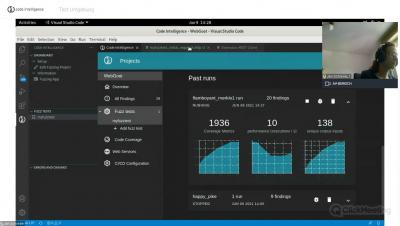Security | Threat Detection | Cyberattacks | DevSecOps | Compliance
Code Intelligence
7 Challenges of Embedded Software Security Testing in 2023
We live in a world that depends on embedded software. It’s in the cars we drive, the elevators we take and the airplanes we travel in. As these systems become more and more complex, it becomes increasingly challenging to ensure that the interaction between embedded software and hardware remains functional and secure. Due to the nature of embedded systems and the devastating consequences of failures, many traditional testing methods fall short of providing adequate security for them.
How Code Coverage Helped Me Find 3 SQL Injections
An 8-Step Application Security Risk Assessment Checklist for 2023
As organizations are increasingly prioritizing application security continues to become a top priority for organizations, application security risk assessments is atop many bucket lists. Every application is unique and carries threats factors. It's critical to implement processes and tools to identify and remediate security issues before shipping.










